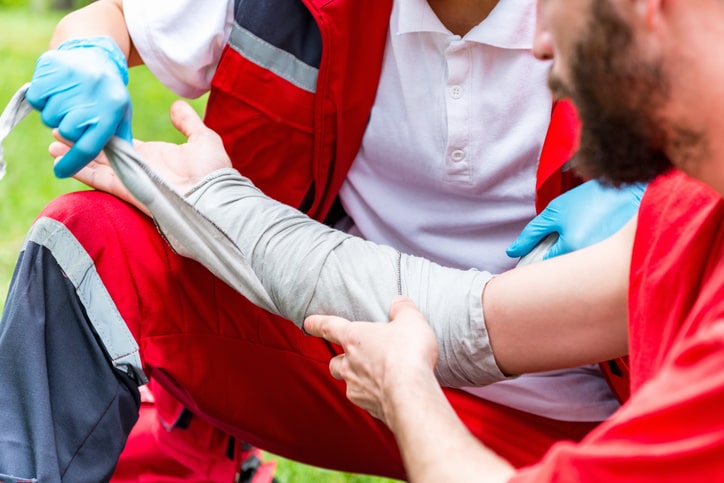Free Case Review or Call Today! 801.212.9992
Free Case Review or Call Today! 801.212.9992

Suffering an injury while on public property can be both physically and emotionally overwhelming. Whether you’re hurt in a park, a sidewalk, or any other public space, it’s important to remember that just because an injury occurs on public property doesn’t mean it’s your fault.
Often, these injuries are caused by the negligence of others, including public agencies, contractors, or property managers. If you’ve been injured on public property in Utah, you may be entitled to compensation for your medical expenses, lost wages, pain and suffering, and more.
Here, our Salt Lake City personal injury lawyers discuss what to do if you are hurt on public property and how we can help you pursue a claim against the liable party.
When you’re injured on public property, it’s natural to wonder whether the incident was your fault. However, not assuming that your actions caused the injury is essential. Many public spaces—such as sidewalks, streets, parks, and buildings—are subject to rules and regulations to ensure safety. If those standards are unmet, and negligence plays a role in your injury, the responsible party must be held accountable.
Negligence can take many forms, including:
In many cases, injuries on public property are caused by someone’s negligence. Government agencies or contractors are responsible for maintaining and ensuring the safety of public spaces. When they fail to do so, they may be held liable for any resulting accidents.
Negligence is typically the cause of these incidents, not your actions.
For example, if you trip on an uneven sidewalk that the local government failed to repair, the government entity responsible for maintaining the area could be considered negligent. Similarly, if you slip on a wet floor inside a public building with no warning signs posted, the facility may be liable for not taking adequate safety measures.
The key to successfully pursuing a claim for an injury on public property is demonstrating that negligence was the underlying cause. This could include showing that the responsible party failed to uphold their duty to keep the property safe for public use.
If you are injured on public property, you should seek medical attention, even if the injury seems minor. Many injuries, such as concussions, soft tissue injuries, or sprains, may not present immediate symptoms but can worsen over time. A medical professional can assess your injury and provide proper treatment while documenting the injury for your claim.
Next, gather as much evidence as possible about the incident.
This could include:
In Utah, injuries on public property may require you to file a formal report with the government agency or municipality responsible for maintaining the property. It’s crucial to report the injury as soon as possible, as failure could hurt your chances of recovering damages.
Keep a copy of the report for your records. It will be vital to prove that unsafe public property conditions caused your injury.
If you’ve been injured on public property, consulting with our skilled Salt Lake premises liability attorneys can help you understand the complex legal process and guide you through filing a claim.
Our attorneys will:
If negligence was responsible for your injury on public property, the liable party must be pursued to recover the damages you deserve. In Utah, government entities and public agencies are not immune from liability, but specific rules and limitations may exist governing claims against them. These can include sovereign immunity, which may limit the damages you can recover or time restrictions for filing claims.
However, this doesn’t mean you should avoid seeking justice. Our personal injury lawyers will help navigate these complexities and ensure your claim is filed correctly and within the required timeframe.
Contact our Salt Lake City personal injury attorneys today to discuss your claim during a free consultation. Waddoups Law Personal Injury Attorneys has represented thousands of Utah clients, successfully obtaining settlements during negotiations and fighting for their rights and optimal outcomes in jury trials for more than 90 combined years.